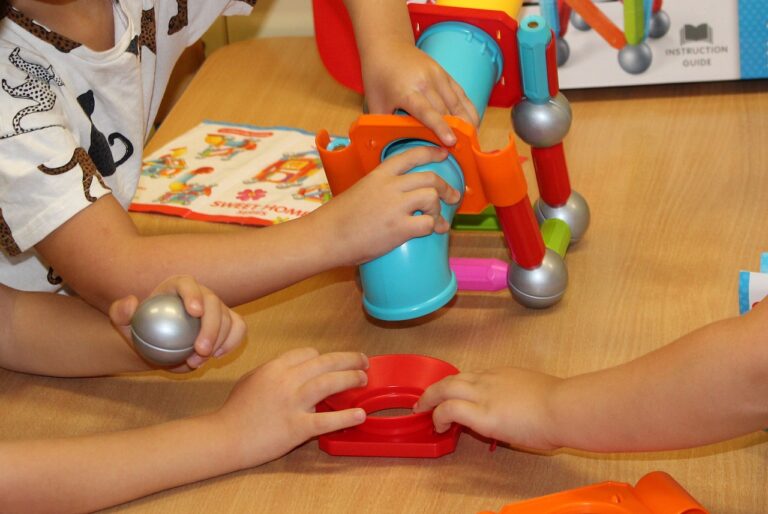The Impact of Culturally Responsive Pedagogy on Student Achievement
Recognizing the diversity present in the classroom is essential for creating an inclusive and supportive learning environment. Each student brings a unique set of experiences, perspectives, and cultural backgrounds to the table, which greatly enriches the educational experience for everyone. By acknowledging and valuing these differences, educators can foster a sense of belonging and respect among students, ultimately enhancing academic performance and personal growth.
When educators take the time to understand and appreciate the cultural background of their students, they demonstrate a genuine commitment to their success and well-being. By learning about students’ traditions, beliefs, and values, teachers can tailor their instructional methods and materials to better meet the diverse needs of their students. This cultural competence not only helps students feel understood and valued but also promotes mutual respect and positive relationships within the classroom community.
Understanding the Cultural Background of Students
It is crucial for educators to recognize and appreciate the cultural backgrounds of their students. Each student brings a unique set of values, beliefs, and traditions to the classroom, shaped by their heritage and upbringing. By understanding these cultural backgrounds, teachers can create a more inclusive and supportive learning environment for all students.
Taking the time to learn about the cultural diversity present in the classroom can help foster respect and understanding among students. When students feel that their backgrounds are valued and respected, they are more likely to feel a sense of belonging and be motivated to engage in their learning. Embracing cultural differences can also enrich the educational experience by exposing students to a variety of perspectives and ways of thinking.
Why is it important for teachers to recognize diversity in the classroom?
Recognizing diversity in the classroom is important because it helps create an inclusive and supportive learning environment for all students. It allows teachers to better understand and cater to the unique needs and backgrounds of their students.
How can teachers understand the cultural background of their students?
Teachers can understand the cultural background of their students by actively engaging with them, asking questions, and being open to learning about their experiences. They can also incorporate diverse perspectives and content into their lessons.
How can recognizing cultural background benefit students?
Recognizing cultural background can benefit students by fostering a sense of belonging and validation in the classroom. It can also help students feel more engaged in their learning and provide them with opportunities to see themselves reflected in the curriculum.
What are some strategies teachers can use to support students from diverse cultural backgrounds?
Some strategies teachers can use to support students from diverse cultural backgrounds include incorporating multicultural perspectives into the curriculum, fostering open and respectful discussions about cultural differences, and providing resources and support tailored to the needs of individual students.





